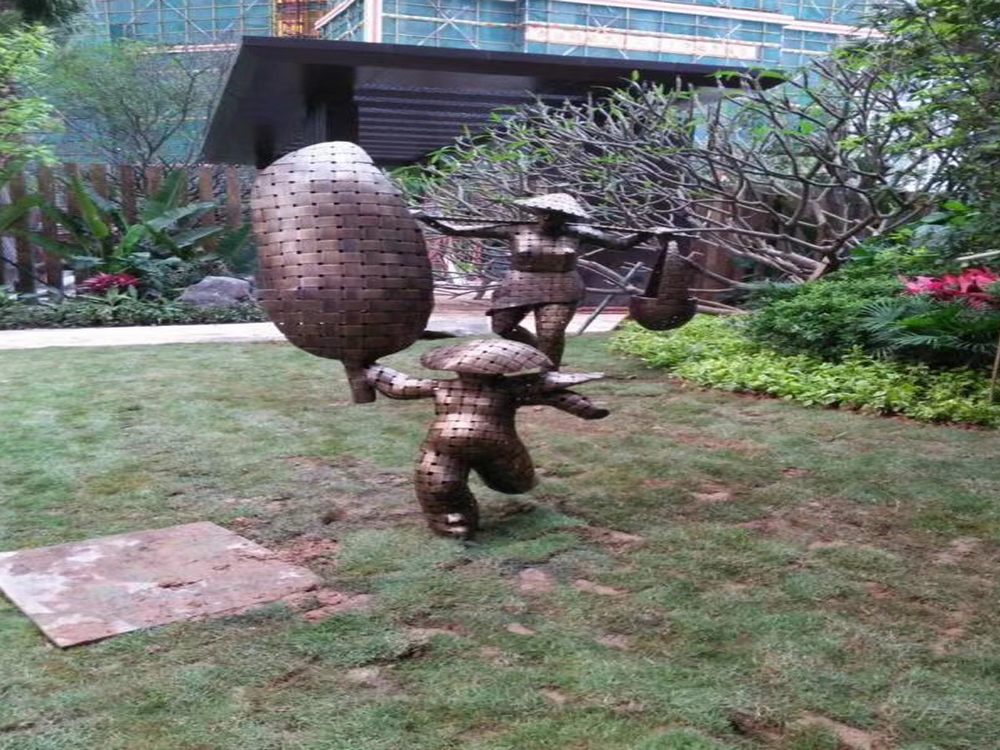
When it comes to sculpting, the choice of material significantly impacts artistic flexibility, durability, and creative expression. Bronze, wood, and clay each offer unique advantages and challenges for artists.
Bronze sculptures are renowned for their durability and ability to capture intricate details, making them ideal for permanent installations. However, bronze requires a complex casting process, limiting spontaneous adjustments once the mold is set. This makes it less flexible for artists who prefer iterative changes during creation.
Wood sculptures provide a middle ground, offering a balance of malleability and strength. Artists can carve, sand, and refine wood relatively easily, but mistakes are harder to correct than with clay. The natural grain of wood also influences the final design, adding organic character but restricting uniformity.
Clay sculptures excel in artistic flexibility, allowing artists to reshape and refine their work endlessly before firing. This makes clay ideal for experimentation and detailed modeling. However, clay is fragile in its unfired state and requires careful handling, unlike bronze or wood.
Ultimately, the choice depends on the artist's goals—bronze for permanence, wood for organic texture, and clay for limitless creativity. Each material brings its own artistic possibilities to the table.

